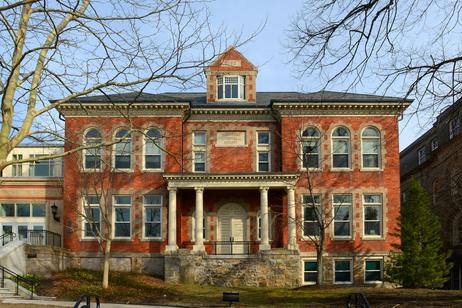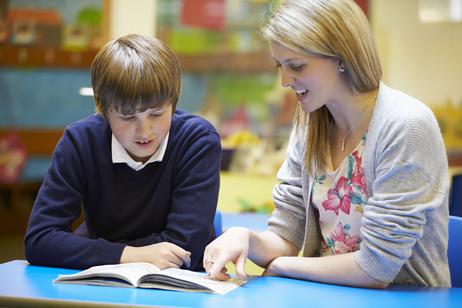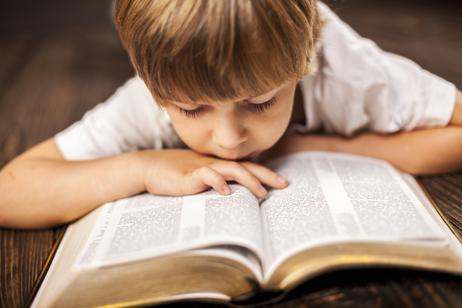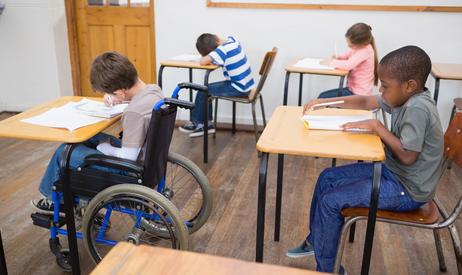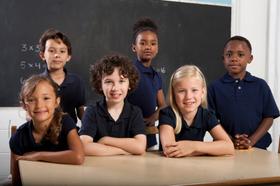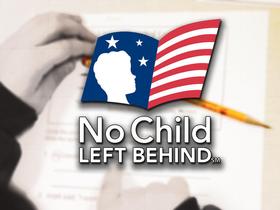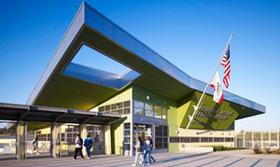In many cities across the country, public schools are suffering. Due to lack of funding and other issues, many public schools fail to meet the needs of their students, prompting many local parents to send their children to private school instead. But private school comes with its own list of challenges and it isn’t always the best choice. If your child is attending private school but you’re thinking about making the switch back to public school, keep reading to learn .
The Pros and Cons of Private School
Private school is not always all it’s cracked up to be – there are both pros and cons for you to consider. One of the biggest advantages that many private schools offer is more personalized attention for students. Private schools often boast smaller class sizes and lower student-teacher ratios than public schools – they may also have a more challenging curriculum. Because private schools are funded differently than public schools, many private schools have better books and supplies as well as more up-to-date technology. Some private schools even focus on a particular subject or skill which can be beneficial for students who have an interest in that area.
On the downside, private schools can be expensive – tuition can cost thousands of dollars a year and there may not be enough scholarships to go around. In some private schools (particularly those with religious affiliations), teachers may not have a teaching degree – they may only have

